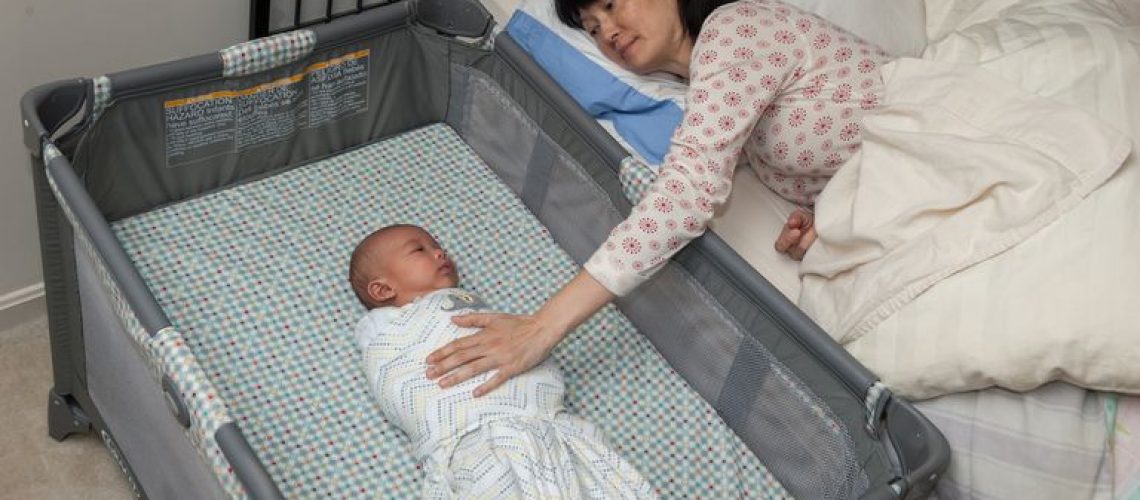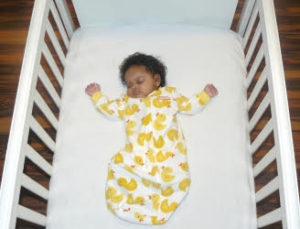We are excited to announce that we are now having our teachers be guest blog writers! So every once in awhile you will see some blogs from your very own LT teachers! With that being said… here is our first guest blog writer!
Hello LT families! My name is Amanda, and I’m the Infant 2 teacher at our North location! Today I’m going to post about something I feel very passionately about, which is Safe Sleep Practices for infants. Many people aren’t even aware of what small things can be considered unsafe for a young baby! Luckily, LT has provided all of our teachers with extensive training in this area to make sure all of the little ones at our schools are kept safe, happy, and healthy.
Why is safe sleep important to us as childcare providers? The most important answer is SIDS. Sudden Infant Death Syndrome is the leading cause of death among babies between 1 month and 1 year of age. About 1,360 babies died of SIDS in 2017. Most SIDS deaths happen in babies between 1 month and 4 months of age, and 90% of SIDS deaths happen before a baby reaches 6 months of age. However, SIDS deaths can happen anytime during a baby’s first year. Although we don’t know a direct cause of SIDS, we do know a few factors that can work together and be used to prevent most of these tragedies. That information can sound terrifying, but it’s been proven that Safe sleep standards are the best way to prevent SIDS.
What factors can lead to SIDS? Research suggests suffocation, overheating, and environment are likely the cause. One of the most over looked aspects is the crib sheet itself! Sheets should be tight enough that there is no extra fabric and it snaps back when pinched and pulled upward. Any extra fabric can result in accidental suffocation. This also applies to blankets, pillows, and stuffed animals. All of these pose a risk of covering baby’s faces and airways as they sleep. Even Wubba Nub pacifiers (with the cute little animals attached) are considered unsafe for infants under a year to sleep with.
Babies must be placed on their backs until they can roll over, both ways, on their own. This advice alone has decreased the rate of SIDS by 50% since the American Academy of Pediatrics began suggesting it in 1992. Swaddles and sleep sacks are okay, as long as they are tight fitting, kept away from the face, and allow free arm movement. Plain pacifiers are also okay, and are actually thought to help prevent SIDS! Sucking on a binkie can keep infants from entering the deep REM cycles of sleep, which is when
most SIDS cases are thought to happen. The room should stay nice and cool, and caregivers should always be aware of the temperature and dress infants accordingly for the night. Each infant room at Learning Tree has a fan near the cribs to ensure none of our little ones over heat while they’re napping.
So, essentially nothing besides a sheet and an infant should be in a crib, keep baby cool, and remember that back is always best! LT works hard to follow these guidelines, and the best way to keep your baby safe at night and get them ready for school is to continue these practices at home!


